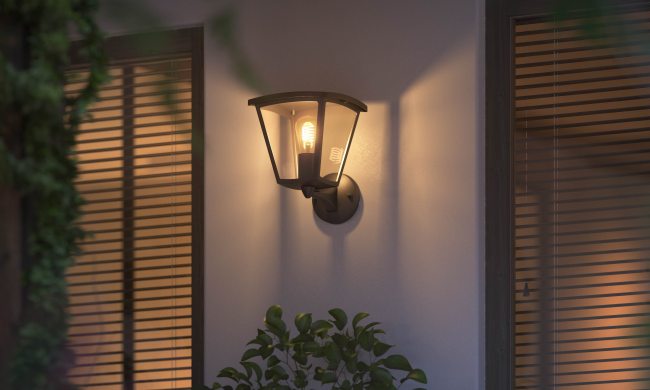
Your presence can literally light up a room if that room features the new Philips Hue motion sensor. The latest technology to come out of the lighting company, the motion detector promises “to ensure comfortable passage around your home, even during blurry-eyed, wake-up calls by your children in the middle of the night.” Thanks to the integration between the sensor and your Philips Hue system, you can set your lights to be triggered by nothing more than your entrance into a room.
IFA 2016: RHA shows off two high-end headphones, first-ever headphone amp ahead of IFA 2016
The motion sensor can detect the time of day, so it’ll always provide you with the right amount of light. In fact, you can even personalize your lights’ settings, so that the automatic illumination triggered by the sensor during the night is a much softer, gentler light than the one you’ll enjoy during the day. The sensor’s reaction time is purportedly no more than 0.5 seconds, so you shouldn’t be left searching for a switch ever again.
“As the leader in connected lighting, we constantly seek to evolve our system and make it simple and easy to use. The introduction of Philips Hue motion sensor not only provides hands-free control but also enables lighting to respond to your needs,” said Sridhar Kumaraswamy, business leader of home systems at Philips Lighting. “It delivers peace of mind by guiding you through your home at night, and no longer having to remind the kids to turn off the lights when leaving a room, keeping you even more energy-efficient.”
Setup is claimed to be a snap, with no wires to speak of and just a battery to keep things running. All you have to do with your new motion sensor is place it on a side table or book shelf, place it on a metal surface by way of a magnet, or mount it to a wall or ceiling and adjust the motion detection direction. The sensor will interface with the Philips Hue app, and is also integrated into the company’s entire line of lighting products.
Retailing for $39.95, the Philips Hue motion sensor will be available on MeetHue.com and at retailers like Amazon.com and Best Buy beginning in October.


